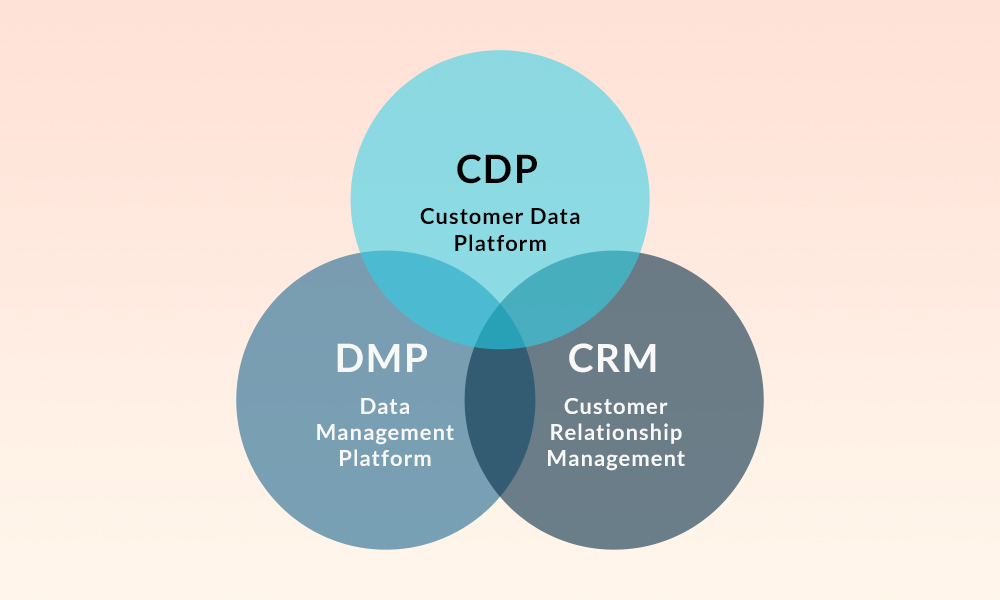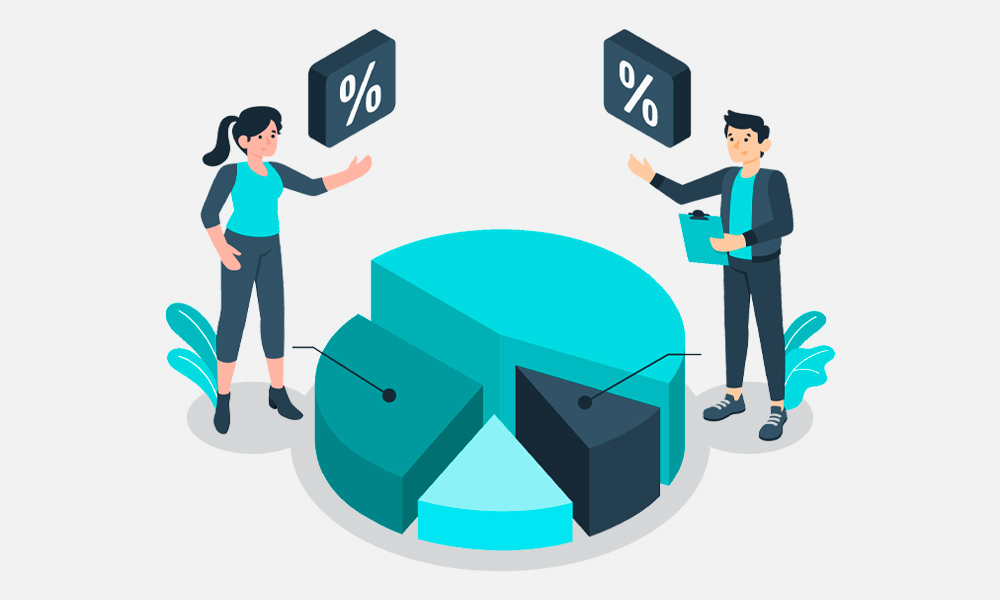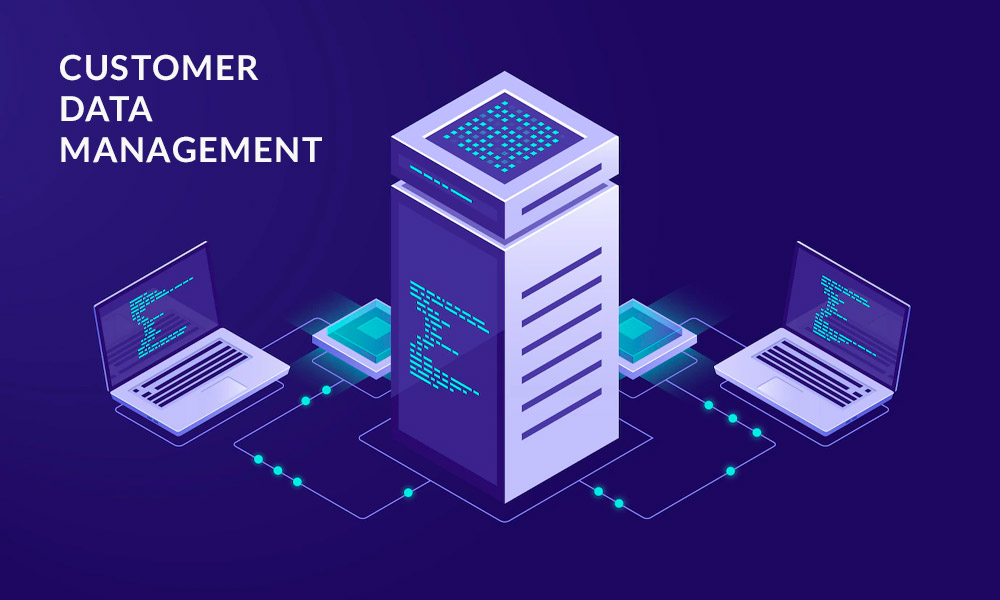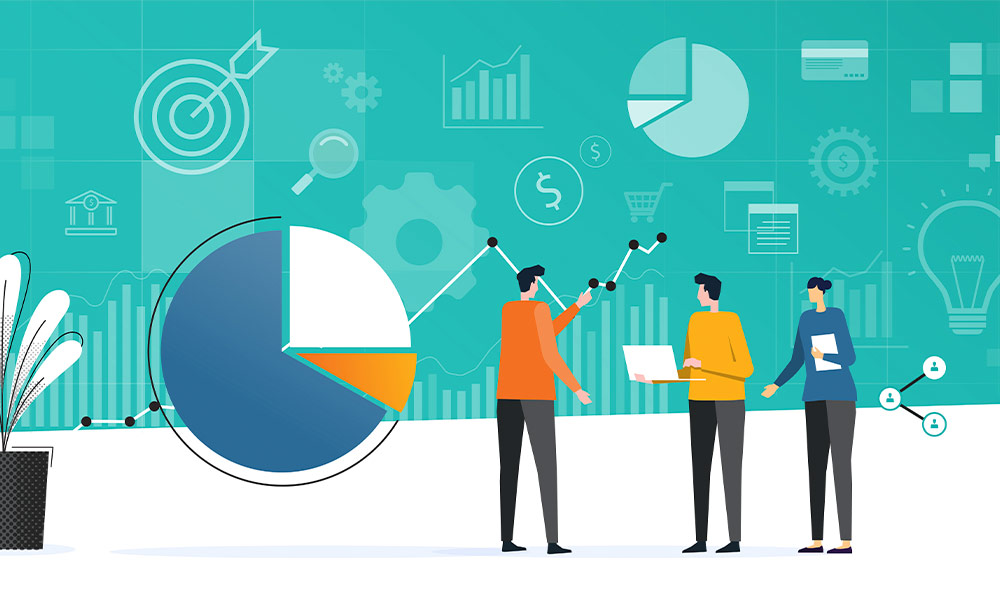Customer Data Platforms: Your Simple Starter Guide

Consider the last time you bought a computer online. Your study procedure was most likely something like this:
You started your browser and looked for "Best Webcam 2022”.
Clicked on a few tech review websites and/or listicle articles that contain meta-descriptions of anything vaguely resembling webcam reviews.
Went outside to visit a couple of computer dealers and got their recommendations as well as some specific models they recommend.
Came back and watched a few videos to understand more about the technical aspects of various webcams they recommended to see how they perform.
When you eventually settled on the sort of webcam to purchase, you most likely investigated the best site to purchase it. You went to a couple more websites to check prices, delivery schedules, return policies, and other factors.
Throughout this process, you most likely contacted the businesses you would eventually have purchased from, several times – through website visits, live chat, Facebook advertisements, and email.
You may have observed that each encounter with that site resulted in a more tailored experience for you. The Facebook advertising you saw became incredibly relevant to you, the website may have made tiny adjustments to appear more personal to what you were searching for, and their email follow-up, although automated, felt handcrafted for you.
How was all of that magic done? That, ladies and gents, is most likely through the magic that is a Customer Data Platform (CDP) that is responsible for personalising its marketing towards your specific needs.
So, what’s this Customer Data Platform all about then?
Customer Data Platforms - General Overview
A Customer Data Platform (CDP) is a piece of software that aggregates data from several platforms to produce a single consolidated customer database that contains information on all contact points and interactions with your product or service. This information may then be segmented in virtually infinite ways to produce more tailored marketing efforts.
How It Works
The easiest way to demonstrate this is by example. Assume a corporation is attempting to gain a deeper knowledge of its clients. Their CDP would be used to collect data from contact points such as Facebook, the firm's website, email, and any other location where a consumer may connect with the company. The CDP will collect all of those data points, integrate them into a uniform consumer profile that is accessible, and then make that profile available to other systems that may require it, such as the Facebook advertisements platform.

This technique enables the organisation to better understand its target population and produce more targeted marketing efforts. The corporation may quickly construct an advertising audience based on everyone who has visited a given page on their website, as well as the live chat option. Alternatively, businesses may easily segment and examine statistics on site visitors who abandoned their carts.
Drift may construct customised marketing campaigns in this manner. They employ personas to assist them with three tasks:
✣ Identity resolution - Combines each user's history across devices and channels into a unified customer view.
✣ Building traits and audiences - Synthesises data for each customer into traits and audiences, including which users have shown intent and how it fits into total account activity.
✣ Activation - Sends user and account-level audiences to a variety of technologies in their stack to arrange tailored, real-time outbound communications.

Of course, you could read more about customer profiles and personas, which we have written an article about, here.
In the meantime, we need to ask, is this a Customer Data Platform (CDP) or a Data Management Platform (DMP), or a Customer Relationship Management (CRM)?
CDP vs DMP vs CRM
A crucial distinction to make regarding CDPs is that, while they handle client data, they are not the same as a Data Management Platform (DMP). DMPs are solely utilised in advertising and will not assist you in personalising your marketing.
CRM providers, on the other hand, assist organisations in organising and managing customer-facing interactions, but they do not gather behavioural data on how consumers engage with your product or service (this is where CDPs come in).

What Data Goes Into CDP?
Customer data is required for CDPs to work. For most CDPs, this customer data is first-party data, which means it was obtained by a firm and is exclusively used for that company's marketing.
Third-party data, as opposed to first-party data (info gathered directly from the client), is user data that corporations purchase and/or exchange with other organisations.
Third-party data is frequently used to target new prospective users for advertising, tailor webpages for net new visitors, and monetize apps that do not have another income stream. Given how frequently third-party data moves hands, determining whether it was gathered with consent is difficult.
That is less likely with first-party data since you will know exactly how, when, where, and why you gathered your data. When assessing data accuracy, these are critical concerns to address.
Customer data integration is the process through which CDPs make your first-party data meaningful to you. This sort of data integration entails integrating information and identifiers from many databases into a usable format for more precise analysis.

If you're planning to utilise a CDP, you should understand how CDPs use consumer data. This will enable you to make the most of your consumer data. We've compiled a list of resources to assist you in learning more about customer data best practices:
✧ Customer Data Integration
Customer data integration is what enables your CDP to function. There are several forms of data integration and ways for doing it. CDPs generally employ consolidation to combine data, which entails gathering information from several sources and storing it in a central data warehouse.
✧ Using That Data Properly
To get the most out of your client data, you should concentrate on three things. Choose your North Star Metric first. This is the most crucial measure for your team. Second, think about what you're accumulating. You don't have to track every measure on the planet. Third, ensure that your data is appropriately stored.

✧ Spotting Bad Data
Bad data does not imply that your data was gathered incorrectly. It typically indicates that your data is out of date, unavailable, disorganised, or not first-party data. To get the most out of your CDP, you must first understand what poor data is and how to avoid it.
✧ Data Segmentation
Segmentation has assisted thousands of businesses in collecting, analysing, and gaining more value from their data. We've taken that knowledge and created an eBook with concrete tactics for making data-driven decisions. Your customer data may be leveraged to develop tailored experiences and boost customer engagement with the aid of your CDP.
CDP Benefits
Aside from providing you with a comprehensive perspective of your consumer, CDPs offer some additional significant advantages:

✧ Streamlined Client Data Management
Consumer data management is the process of collecting, organising, and utilising customer information. CDPs make this procedure tremendously easy by aggregating your consumer data in a usable format.
When you first start utilising a CDP, you will need to organise your data. It will require very minimal maintenance once it is in place.
Here are some points to take note of in assisting your learning about organising and maintaining your customer data:
✣ Many precautions must be undertaken to ensure that your data is correct and helpful. From the value of a data governance strategy, a data monitoring plan, and how breaking down data silos is an essential component of successful customer data management.
✣ Useful data necessitates a data governance plan. Without this method, it is all too simple to gather irrelevant data or data in the wrong places. Even if you know what you're searching for, either of these will result in disorganised data that is difficult to utilise.
✣ One component of your data governance approach is a data tracking plan. These plans are often papers or spreadsheets that are utilised throughout an organisation as both project management tools and reference resources.

Once you've mastered consumer data, the next stage is determining what to do with it. This is where consumer analytics comes into play.
✧ Customer Analytics That Are More Insightful
Customer analytics is analysing customer behaviour throughout the customer journey to aid in company choices in marketing, product development, sales, and other areas.
Customer analytics consists of four major components:
✣ Data gathering
✣ Data classification
✣ Data storage
✣ Data examination
Each of those components isn't particularly effective on its own, but when combined with a CDP, you'll have a formidable platform for consumer analytics. Furthermore, by using the right customer analytics solution, you may greatly boost client loyalty and retention (and, therefore, customer lifetime value)

Some tips about consumer analytics:
✣ Customer analytics entails analysing customer behaviour to make business choices about marketing, product development, sales, and other areas. Without a CDP, your data is likely to be disorganised and compartmentalised, rendering it unusable for consumer analytics.
✣ Attribution models assist you in determining which aspects of your marketing initiatives are most responsible for attracting new clients. We nearly always advocate utilising multi-touch attribution when employing attribution for consumer analytics.
✣ Customer analytics may also assist you in making your product more beneficial to your consumers. This will lower your churn risk and boost client happiness, both of which are goals that most businesses strive towards.
Now that you understand how to analyse data for consumer insights, it's time to secure something else – the data itself. One of the most essential advantages of a CDP is data protection.

✧ Improved Data Security & Privacy
With the introduction of the General Data Protection Regulation (GDPR), the California Consumer Privacy Act (CCPA), and other data privacy rules, it is more critical than ever to protect your customers' data privacy.
Learn more about how CDPs may help you enhance your data security, privacy, and compliance with data privacy laws:
✣ CDPs can aid in the protection of consumer data by reducing the quantity of data collected in the first place. The data governance policy and data plan you employ in conjunction with your CDP will assist guarantee that you only gather data that is relevant to your marketing activities.
✣ GDPR and PDPA regulations have varying implications for your company based on how you acquire consumer data. Once you identify your GDPR classification, your CDP can assist you in taking the following actions to prepare and manage customer data.
✣ The CCPA, like the GDPR, does not apply limited to enterprises conducting business in the geographical region of the Act. If you gather data from clients or website visitors in California, you may be required to comply with the CCPA. Compliance is determined by three factors: revenue, the quantity of personally identifiable information collected, and whether or not that information is sold.
You should now understand the advantages of a CDP and why you require one. The next step is to choose which CDP is best for your firm.

✧ Picking Your CDP
Choosing the proper CDP for your business is one of the most important decisions you'll make. You can't just choose your CDP at random. You must pick a CDP that meets your exact needs, has similar use cases, and has worked with firms in your sector.
We've compiled a few tools to assist you in selecting the best CDP for your organisation:
✣ There is a lot to consider when selecting the ideal CDP for your organisation, which makes the purchasing process rather complicated. You'll have a lot better grip on identifying the correct CDP that matches your company's particular needs if you follow the six stages indicated in this link.
✣ There are around 7,000 technologies that manage client data in some way. Choosing a CDP necessitates an understanding of whatever consumer data technologies you now use and may use in the future.
✣ Our CDP buyer's guide will help you understand when it's time to buy a CDP, which features you require, and how to compare the many CDP providers available.

How Others Use CDPs
We've largely talked about CDPs in theory up until this point. It might be very beneficial to study how other organisations use their CDPs and the benefits they get. Who is why we have produced a list of a few organisations that tailor their marketing using a CDP:
✣ Breather - Capable of dramatically increasing their ad ROI by precisely measuring the time it took consumers to convert based on whatever ad platform they came in via.
✣ Glossier - Created a more targeted marketing plan based on their consumers' behaviours on their website.
✣ DigitalOcean - created advertising audiences based on their CDP, resulting in a 33% decrease in cost-per-conversion.
Disadvantages of Buying Leads
Now, we have to disclose a few things if you are looking to buy leads.
✧ There are no guarantees
There is no guarantee that the leads you purchase will turn into repeat customers. It is also worth mentioning that authority cannot be purchased.
✧ Outdated Information
When you buy a lead, there's a risk it's out of date. The data might have been placed into the database years ago, rendering it obsolete for present usage.
✧ There is no personal connection.
People like to interact with brands with which they are already familiar. This implies that even with high-quality leads, it takes time to create confidence.
✧ Leads Shared
Selling leads to multiple other firms in your niche is a standard practice among organisations that sell leads. If your leads are not exclusive to your company, you have a far lower probability of turning them into consumers.
For example, if you offer a social networking scheduling tool for small businesses, you may conduct an online session for entrepreneurs to demonstrate to audiences how to build engagement on social media. You're quickly establishing trust by providing your knowledge on a subject in the form of a video.
Closing Words
CDPs are sophisticated pieces of software. When used effectively, it will provide you with significant insights into your customers. You may then apply what you've learned to better your marketing, sales, and even your product.
A CDP might be the ideal tool for you if you're ready to take the next step in knowing your consumers.

